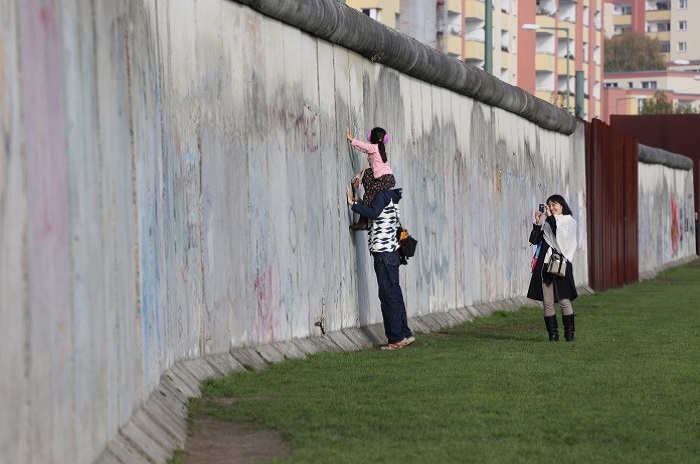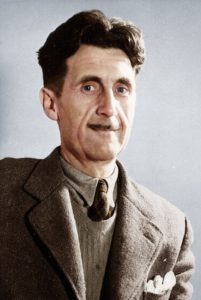
“The most effective way to destroy people is to deny and obliterate their own understanding of their history.” -George Orwell
The facts of the past cannot be objectively altered regardless of belief or opinion. They can, however, be tainted by those wishing to assume power. It is critical that we understand the past as it happened and do not allow the view to be obscured. Only in this way can we ensure that we do not repeat the mistakes of our forebearers, only in this way do we as a society learn and move on from our past transgressions. Those who would revise the past must be confronted with resistance and overcome with the truth. We are bound by our ancestors to carry their truth along the banks of the future no matter how heavy the burden may be.
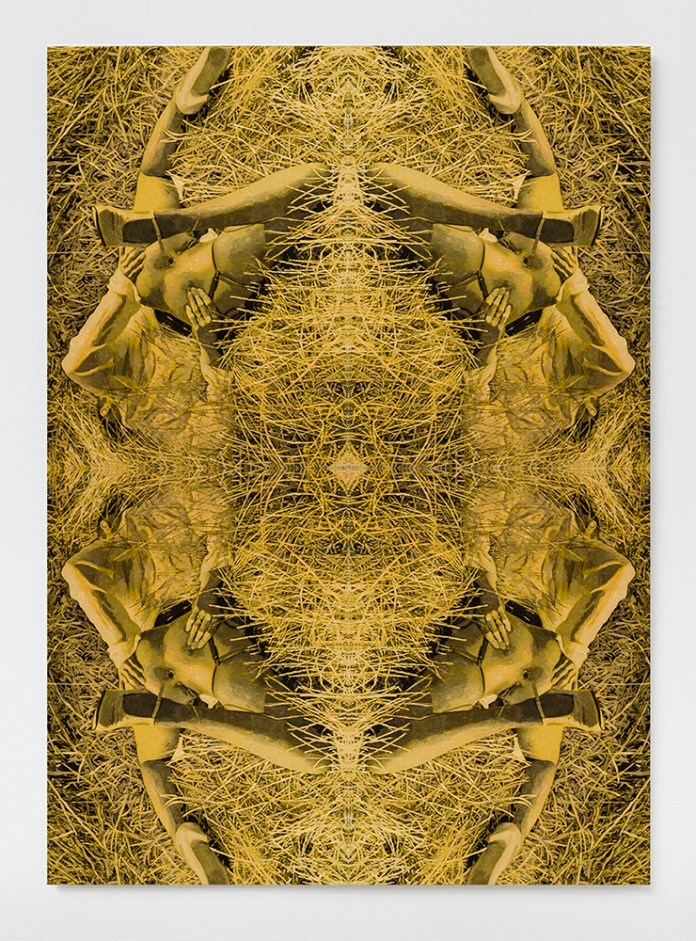
Aura Rosenberg is based in New York City and Berlin, Germany. Since 1993 she has worked on a project titled Berlin Childhood. Over the years the project has taken on many forms including a published book, souvenirs of Berlin’s Victory Column, photographs, and a film. The title comes from a series of texts by Walter Benjamin written during his exile from Berlin in the 1930s. Rosenberg began creating a photograph to correspond with each text which Benjamin wrote in order to combat his homesickness during exile. Chantal Benjamin, the granddaughter of Walter Benjamin moved to Berlin and contacted Rosenberg. The two became friends and Rosenberg began filming Benjamin and her daughter around the city also in correspondence with the original texts. Presently Rosenberg is editing her archive of footage and recording a narrative soundtrack of Walter Benjamin’s great-granddaughter reading his texts aloud. Rosenberg also creates work based on themes of sexuality. One of her current project is a continuation of an older work titled Porn Rock.
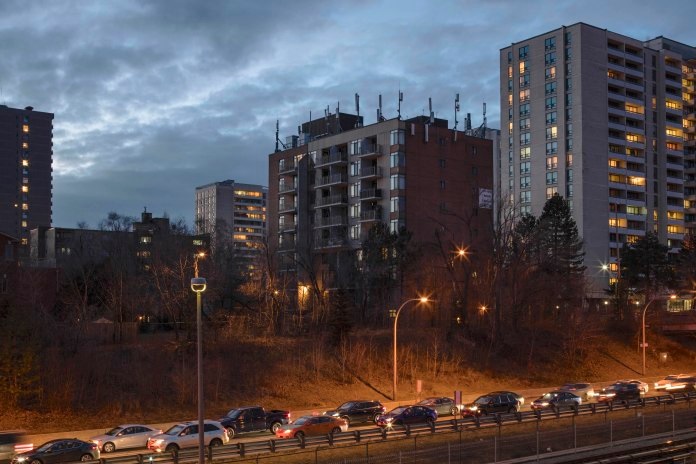
Study Of Politics In Cell Tower Placement by Vid Ingelevics.
Vid Ingelevics is a Canadian artist. Much of his work examines representations of the past. His current long form project titled Freedom Rocks focuses on the history of the Berlin Wall since its removal in 1989. Ingelevics began researching what happened to the wall after it fell and discovered pieces of it across the world including in the United States and Canada. Initially, Ingelevics and his collaborator went to Washington, D.C. to learn about the movement of the remains of the wall. In the years following the removal of the wall there was a strong market for fragments. Pieces of the Berlin Wall now appear in the most unlikely corners of the world. Ingelevics work looks at why fragments of the Berlin Wall move around the world and who pays for this as well as putting the wall in the context of history rather than relegating it solely to the realm of political symbolism. For the Silo, Brainard Carey.
Brainard is currently giving free webinars on how to write a better Artist bio and statement and how to get a show in a gallery – you can register for that live webinar and ask questions live by clicking here.
–
Featured image- “Touching the Wall”, Berlin, 2014. From the larger project, Freedom Rocks, a collaboration between Vid Ingelevics & Blake Fitzpatrick begun in 2004 that explores the post-1989 history of the Berlin Wall.
Supplemental- Digital Rorschach examples from 2012 / 2013 series by Canadian Artist Jarrod Barker.
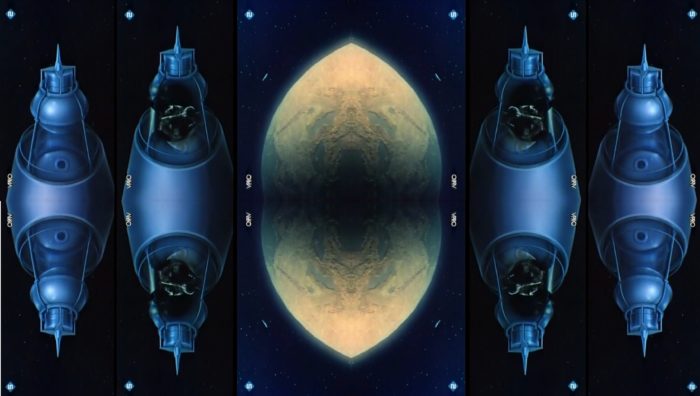
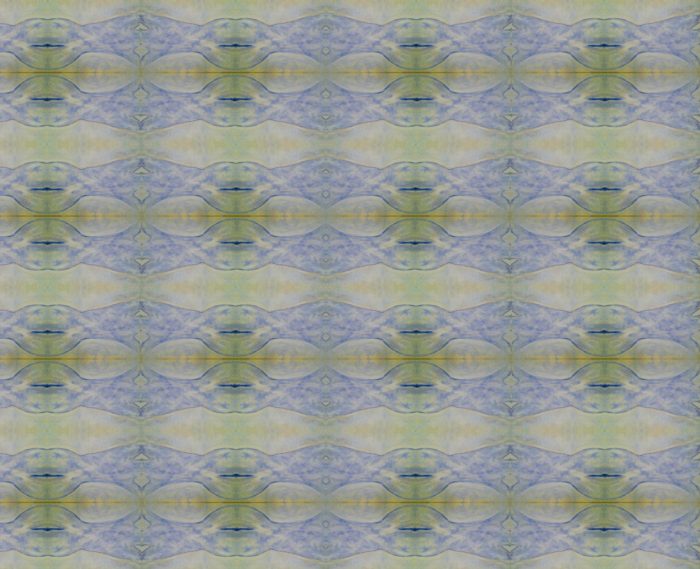
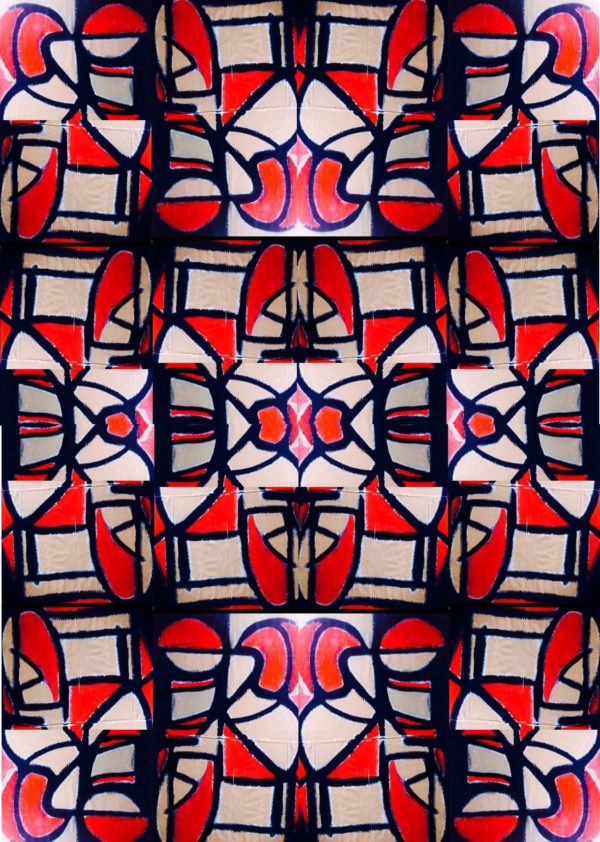
A Few Words to Keep in your Pocket
History is absolute. Endeavor to know it and to speak its truth.
Interviews are available on iTunes as podcasts, and for Android please click here. All weekly essay pieces in a shareable format are here. The full archive of interviews here.
Books to Read
What are you reading? Add your titles to our reading list here. Heather Hubbs has recently read On Tyranny, Twenty Lessons from the Twentieth Century by Timothy Snyder and user Julia has been revisiting Slaughterhouse Five by Kurt Vonnegut.
